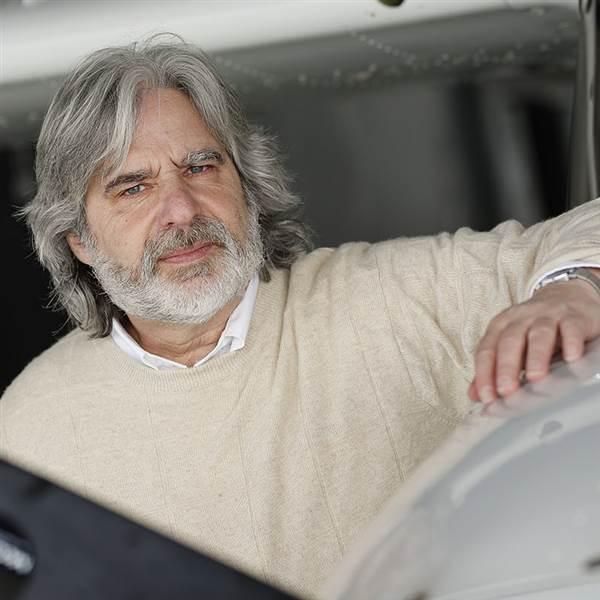Officials in Huron County, Ohio, should be working to strengthen the Norwalk-Huron County Airport for the public, not trying to sell the grant-obligated facility with its 4,210-foot runway and two instrument approaches to a neighboring auto-racing business or other private party, said AOPA in a letter to county commissioners.
AOPA continues to urge airport supporters to file comments with the FAA by March 10 on a proposal being considered by the county to close the airport on several racing dates so that the airport property can be used to relieve major traffic congestion expected at the racetrack. AOPA reported Feb. 8 on the FAA’s request for comments.
The association also urges pilot to join the growing group Friends of the Huron County Airport, and help them fight to keep the airport open. They are meeting Feb. 26 at 2 p.m. at the Huron County Airport FBO office.
The Huron County Commission, instead of publicly mulling options such as an expensive court fight to sell or close the airport, should be working to maximize the airport’s economic value.
One way to recognize the value of working cooperatively with the racing and airport communities would be to charge Summit Motorsports Park a fee for any nonaeronautical use of the property. The funds collected “should go to the airport fund and be spent at the airport in accordance with Federal Aviation Administration policy and federal laws concerning airport revenues,” wrote John L. Collins, AOPA manager of airport policy, in a Feb. 24 letter to commissioners Gary W. Bauer, Joe Hintz, and Larry J. Silcox.
The revenue gained could become the local matching funds for upcoming grants under the federal Airport Improvement Program for the airport, Collins wrote. Currently the FAA pays 95 percent of most projects, with 2.5 percent matched by both state and local funds—giving local communities such as Huron County significant financial leverage.
Collins noted that the airport has “managed to maintain a balanced budget,” and the county has a duly constituted airport authority that could relieve the commissioners of day-to-day airport management “if they are allowed to do so.”
That action would be in keeping with the county’s obligation as an airport sponsor to honor contractual obligations arising from the acceptance of federal airport grant funds, he said.
Collins’s letter also suggested that the airport and the racetrack might have more in common than meets the eye.
“As anyone who is familiar with the racing industry knows, there are many drivers and teams out there who use general aviation aircraft to efficiently move around the country. Certainly many of those are business jets, but there are many individuals who use smaller aircraft to get from race to race. Improvements to the Norwalk-Huron County Airport can attract them as well,” he said.



